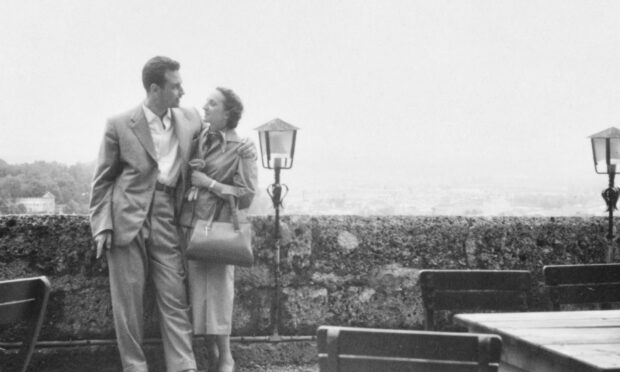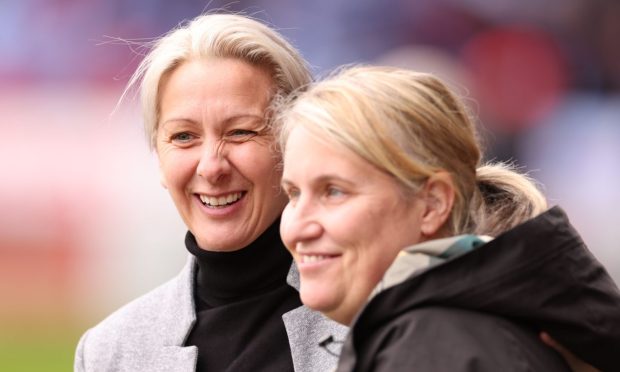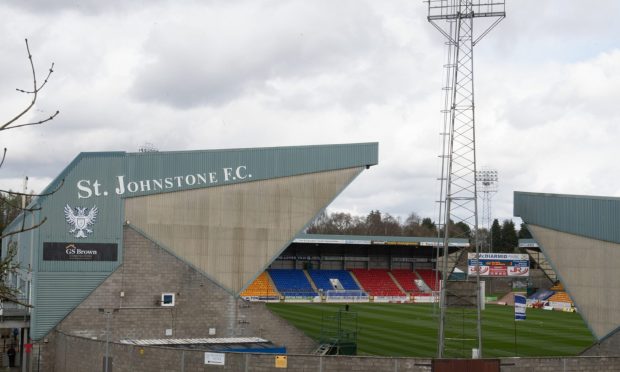Looking at photographs of Scotland in the 1950s and 60s, I was struck by how, in those taken in the country’s magnificent slums, passers-by still tried to look respectable.
Often, this involved the wearing – by men and women – of a big overcoat which, even in summer, seemed apt amidst the smog.
And they wore their dignity on their sleeves. Their carriage and demeanour said: “I don’t belong here. This isn’t my natural habitat.”
Whose natural habitat could it possibly have been? Tiny flats in soot-blackened, ramshackle tenements weren’t fit habitation for anyone. But they were the reality of life for many.
What’s happened to overcoats, blazers and cravats?
Returning to those big overcoats, I don’t think people wear them now, do they? I don’t get out to civilisation much, but I don’t remember seeing any.
Folk don’t even wear blazers or cravats. I’ve several good tweed jackets, but rarely wear them as I dislike becoming the centre of attention, with people pointing and tittering.
Very occasionally, I see a mature man wearing such a jacket, but somehow their confidence carries them through.
My levels of self-esteem are such that appropriate costumery would feature a mask, balaclava and hood.
Basically, the bank robber look, though even I’d draw the line at a stocking mask, unless going for a job interview.
I like an anorak…
Today, skanky habiliments hang shapelessly on the torsos of the lieges though, that said, particularly among outdoor wear, even I like quick-drying shirts and a well-cut anorak.
Once, in a city shop ostensibly specialising in outdoor wear, the schtick was that such garments were ideal for hanging about on street corners or going to the discotheque.
When I said I wanted something to go walking in, the assistant had to be revived with smelling salts which, with my propensity for making alarming statements, I always carry with me.
Back in the country, black and white photographs from the 1930s and 40s show crofters wearing a suit and tie while working the fields. What could they have been thinking?
A suit for every occasion
Country people have never had any sense of how to dress for the country. If you see anyone sensibly clad for the elements, or wearing traditional rural duds, they’re almost certainly visitors from the city.
In the city, my dad was of that generation who’d don a tie to go out and clean the car.
I’m sure if a blocked lavatory had needed sorting he’d have put on a three-piece suit.
They say clothes maketh the man. In my case, it’s more a case of clothes maketh the man look a right pillock.
Whether it’s a social occasion, or indeed dressing for the weather, I always get it wrong.
The pressure, the pressure…
It’s not that I lack the correct duds, its just that, if I go oot in a waterproof jaickit, everyone else will be wearing T-shirts.
If I wear a T-shirt, everyone else will be anorak-clad. And, in each case they’d be right. It’s uncanny.
Wondering whether to wear a tie to a social occasion is another major source of stress to mature men.
It’s many years since I wore one, and that was for a court appearance on a charge of wearing a tweed jacket in a built-up area.
Even the sheriff pointed at me and joined in the laughter.










